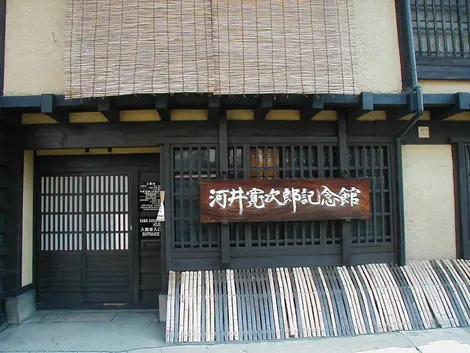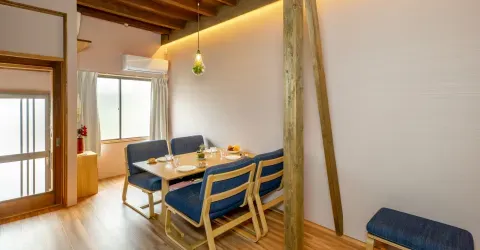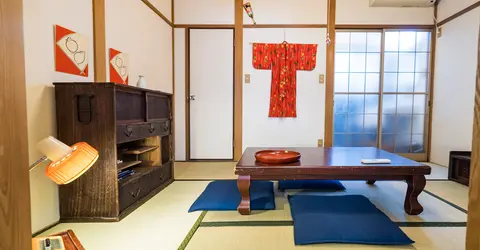The house of Kawai Kanjiro 河井寬次郎記念館
The art of simplicity
"When you become so absorbed in your work that beauty naturally arises, your work becomes a true work of art"
Kawai Kanjiro in his essay, we do not work alone (1953).
Potter, ceramist, calligrapher, writer, poet, philosopher ... Kawai Kanjiro (1890-1966) is an elusive character. Member of the mingei movement called "folk art", initiated by his friend Yanagi Soetsu (1889-1961) in 1926, he promoted simplicity, nature and quality. Shaping everyday objects, he added his very personal touch, sometimes verging on asymmetric chaos, which at the time was the very opposite of mingei values. Having become a master of varnish, he renounces the use of those from Europe to create his own natural blends in colors since identified with him, such as the coppery red or iron brown.
In his desire to remain in the background behind his works, he never signed them "my work, itself, is my best signature". Already an admired artist during his lifetime, he was offer the status of "national living treasure", but he refused, the fervor for his creations did not stop after his death. Today, his house in Kyoto and the adjoining workshop exhibit some of his work and folk art collections. Run by relatives of the artist, the museum brings us into his world, bringing together traditional Japan and Western modernity in rooms arranged in the two styles. Inspiring and inspired Kawai Kanjiro embodies the desire of man to lead a simple life in this world that ceaselessly imposes sophistication.































